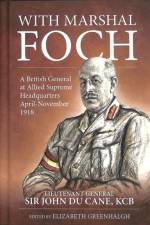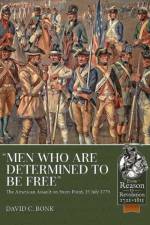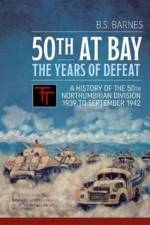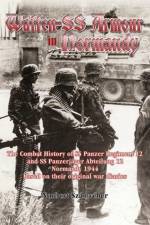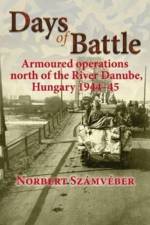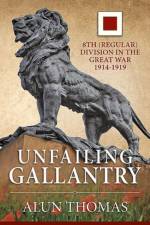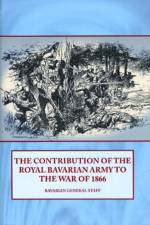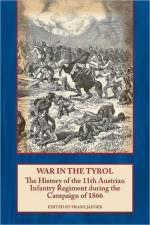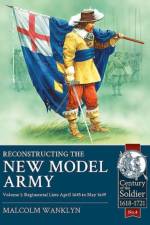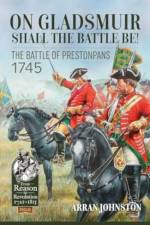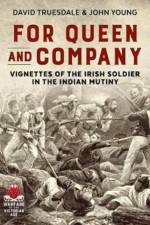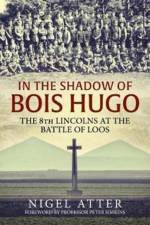- The History of the 11th Austrian Infantry Regiment During the Campaign of 1866
239,-
War in the Tyrol is a translation of part of Geschichte des k. k. Infanterie-Regiments Georg Prinz von Sachsen Nr.11, edited by Franz Jaeger. The 11th Infantry Regiment, or to give its 1866 name the 11th Infantry Regiment Crown Prince of Saxony, was one of the oldest formations in the Austrian army. Raised as long ago as 1629, when the Thirty Years' War was raging in central Europe, it had served with distinction at the battles of Zenta (1697), Aspern (1809) and Leipzig (1813) and had been praised for its performance in the Hungarian campaign of 1849. Over the years it went through many changes of name and makeup, as well as many changes in the region from which it recruited, before in 1854 having the headquarters of its recruiting district moved to the town of Pisek, in southern Bohemia. The population of the surrounding region was German, with a small Czech minority. During the 1859 conflict with France and Piedmont, the regiment formed part of 8th Corps, under Ludwig von Benedek, later to command Austrian troops in the Bohemian theater in 1866. The 11th took part in the battle of Melegnano with some distinction, and at the battle of Solferino was part of the brave and successful defense of San Martino against the Piedmontese army. After that war the regiment moved garrisons a couple of times in Italy before in 1862 being transferred to the city of Trient [Trento], in the southern part of the crownland of Tyrol. Here it came under the command of Major General Franz Baron Kuhn von Kuhnenfeld, one of the more celebrated Austrian commanders of the mid-19th century. Like all other regions of Tyrol, the land around Trient was very mountainous and rugged, and Kuhn had made a special study of mountain warfare. He accordingly trained the units under his command to not only march but fight in narrow valleys and along ridges, and this training was to serve the 11th well when war broke out with Italy in June 1866. The account describes what happened when the Austrians met the Italian volunteers under Giuseppe Garibaldi, who had been given the task of freeing Tyrol from Austrian rule. Naturally, since the Italians were ultimately unsuccessful, the history emphasizes the Austrian victories and plays down the Italian successes except where it has to give them credit, for example in the account of the fall of Fort Ampola on 19 July. Nonetheless, taken in company with general accounts and narrations from the Italian side, it provides a piece of the tactical and strategic puzzle which was the war for South Tyrol in 1866, a place which was to be fought for far more fiercely and longer from 1915 to 1918.

